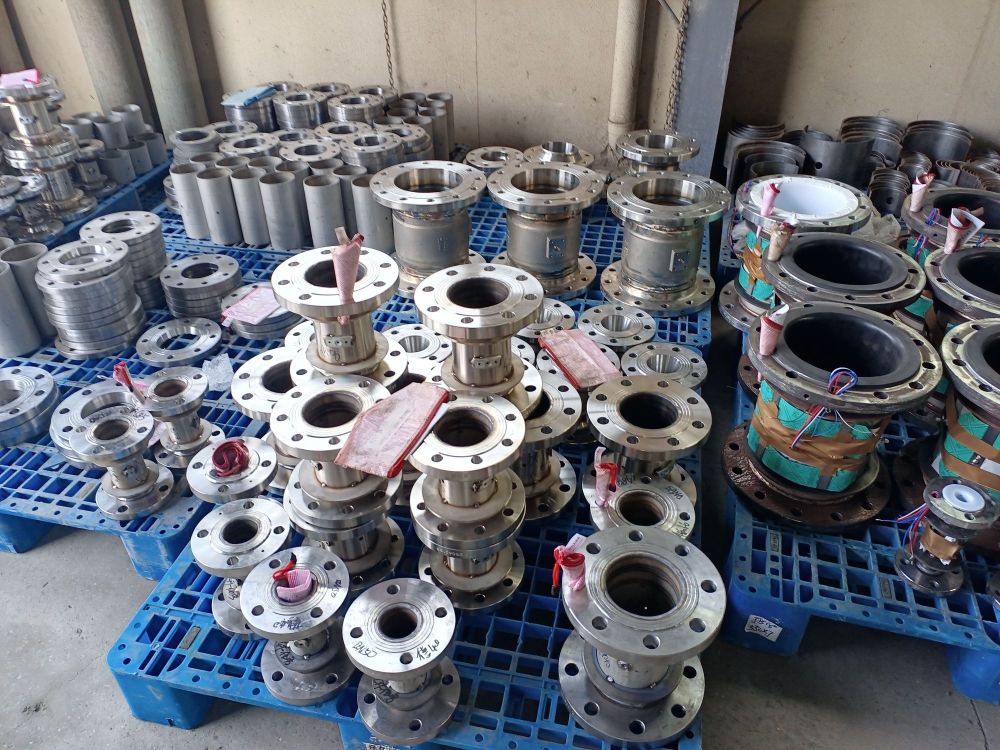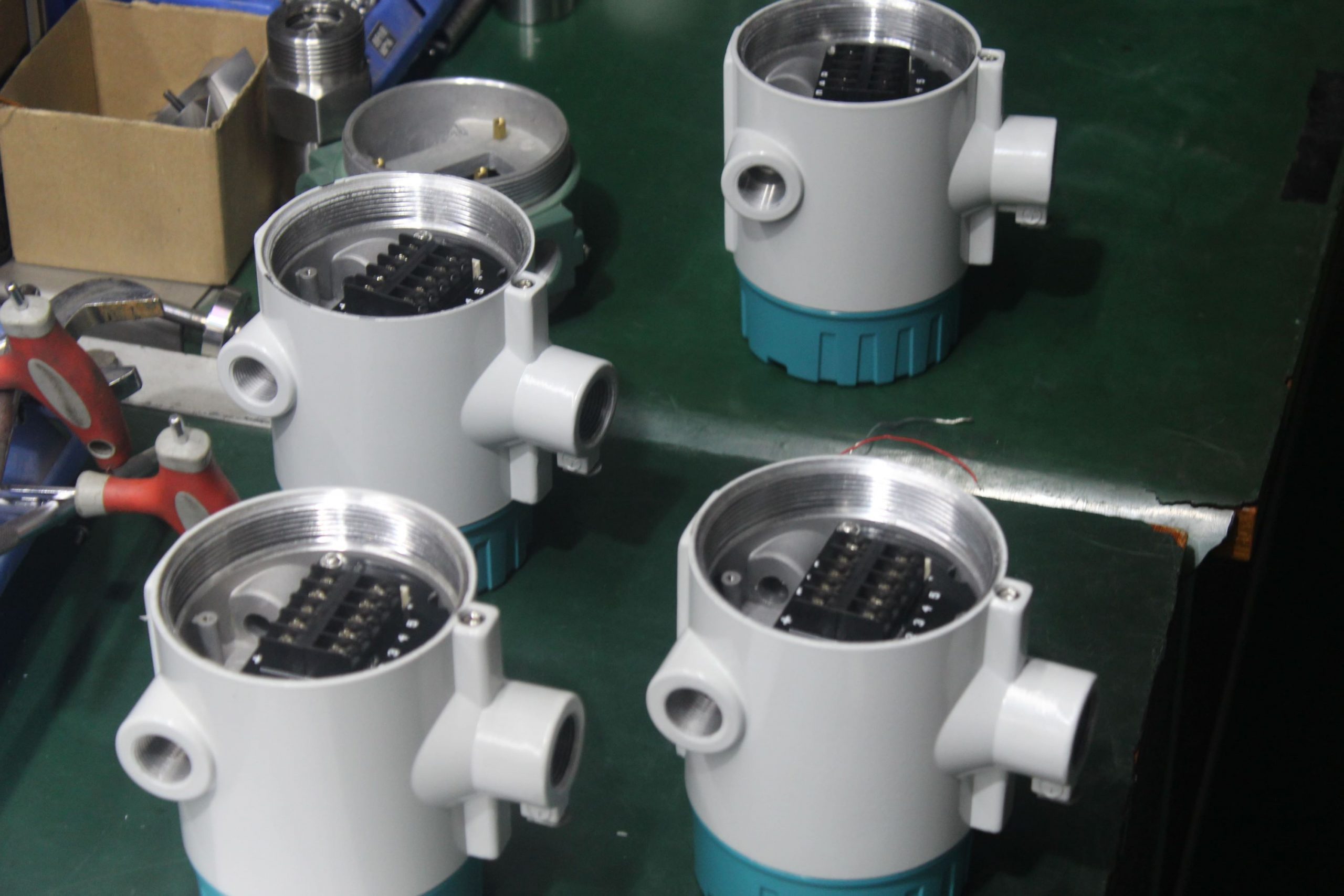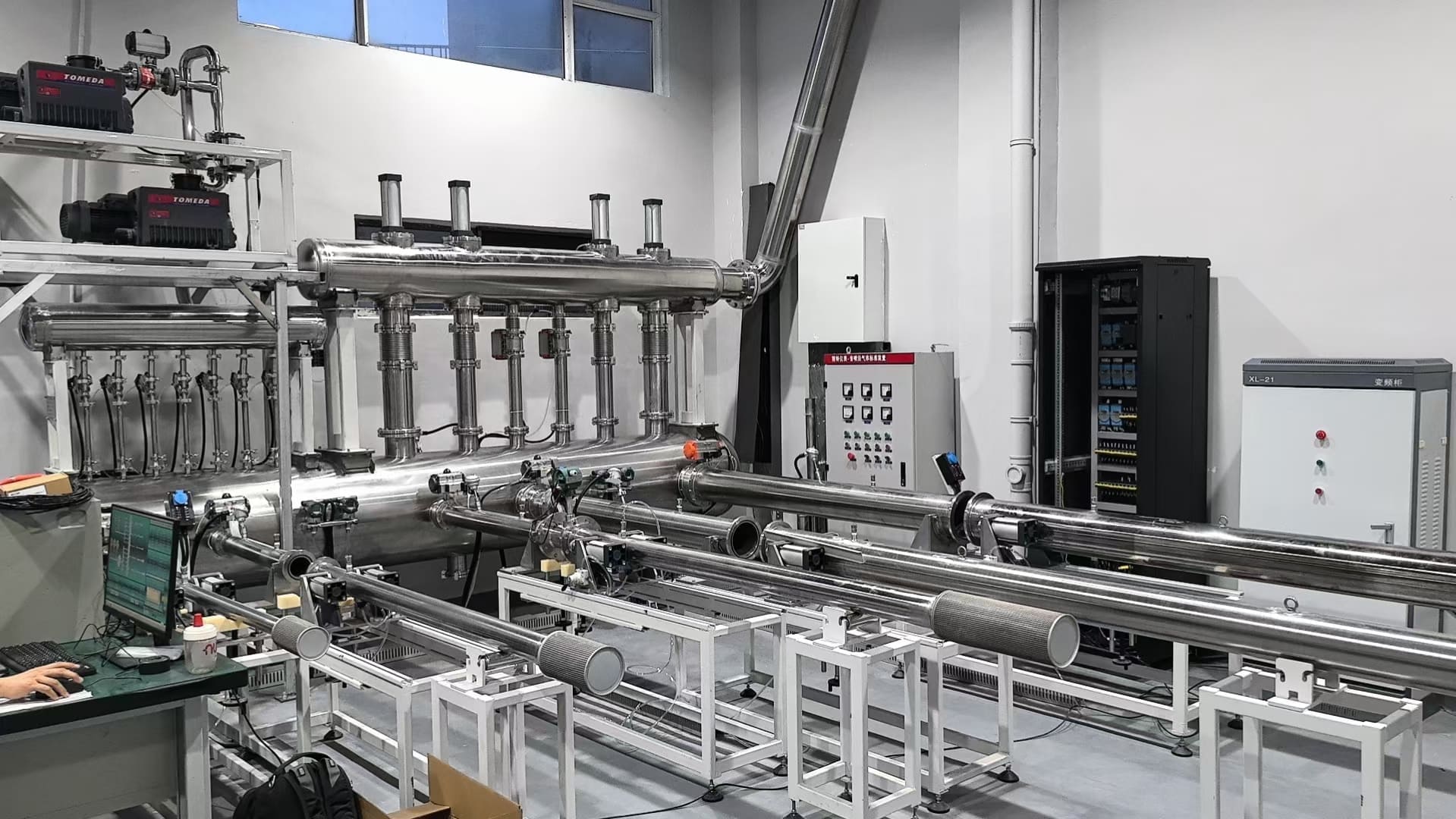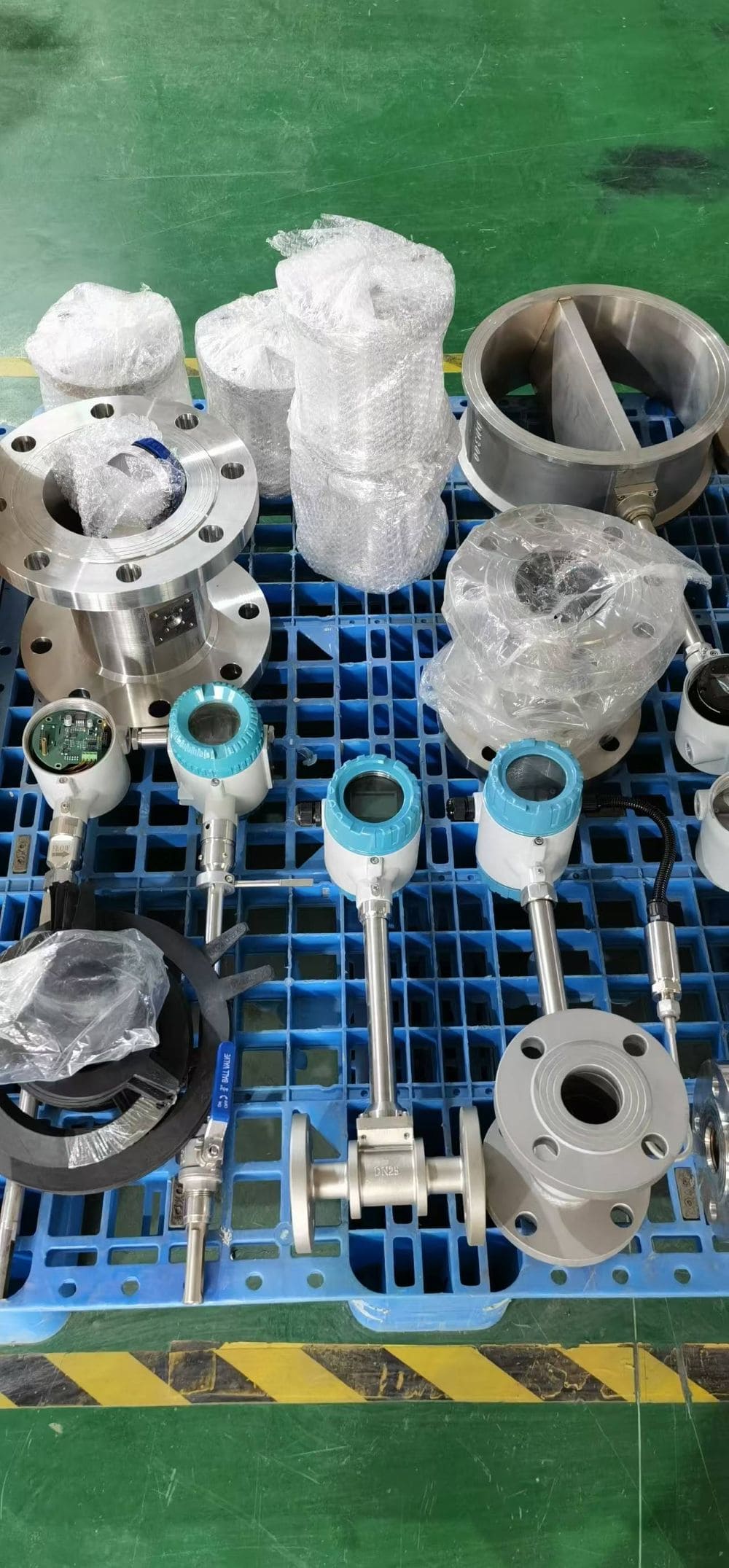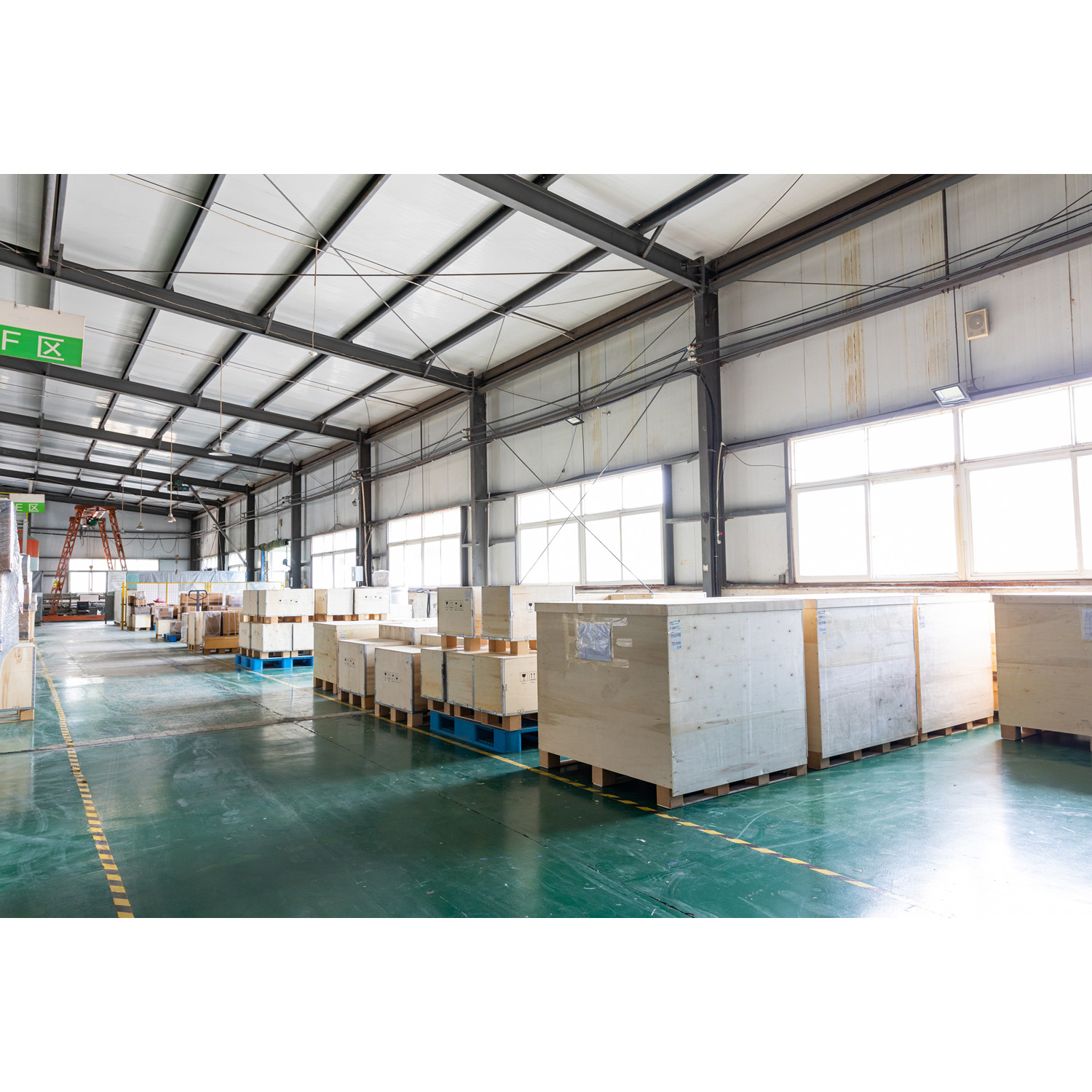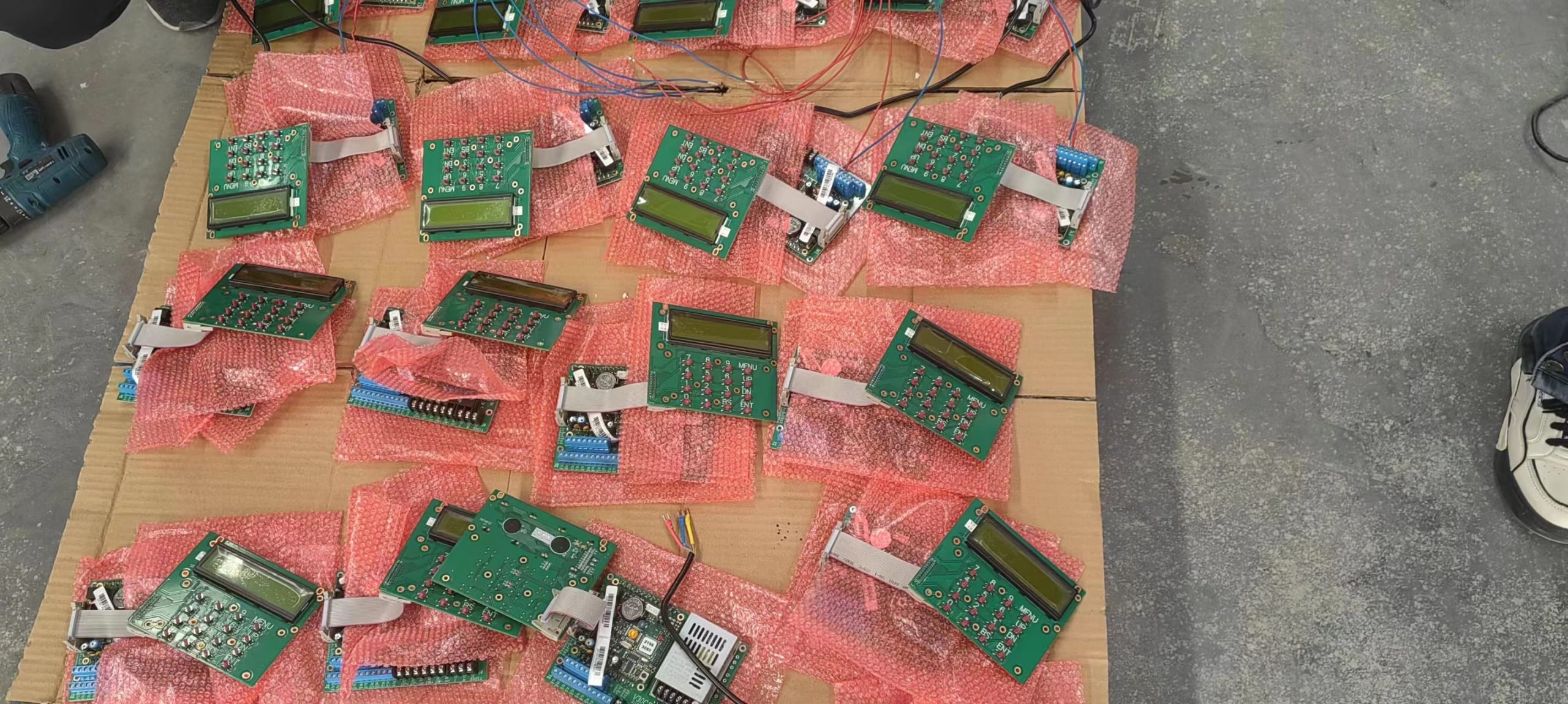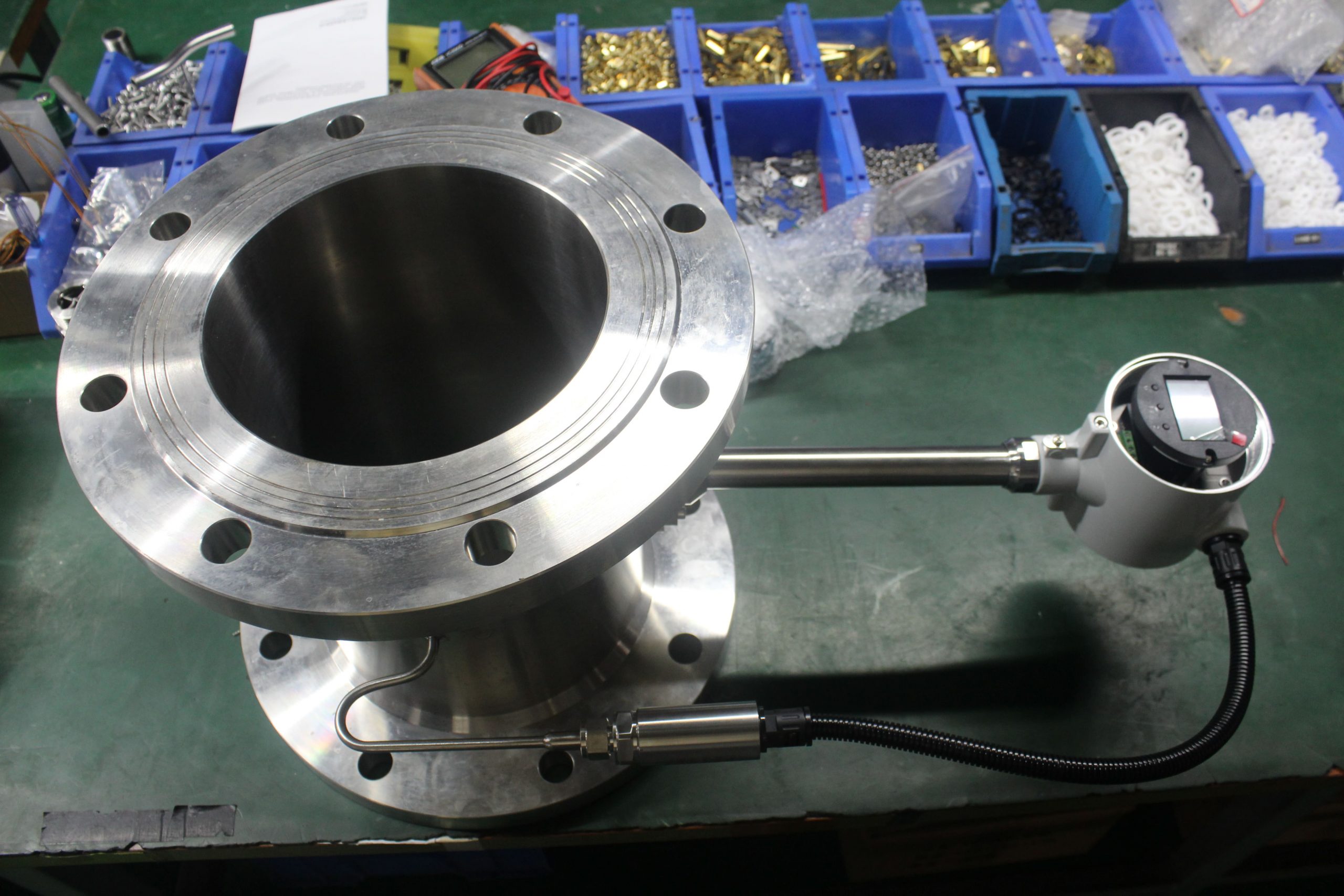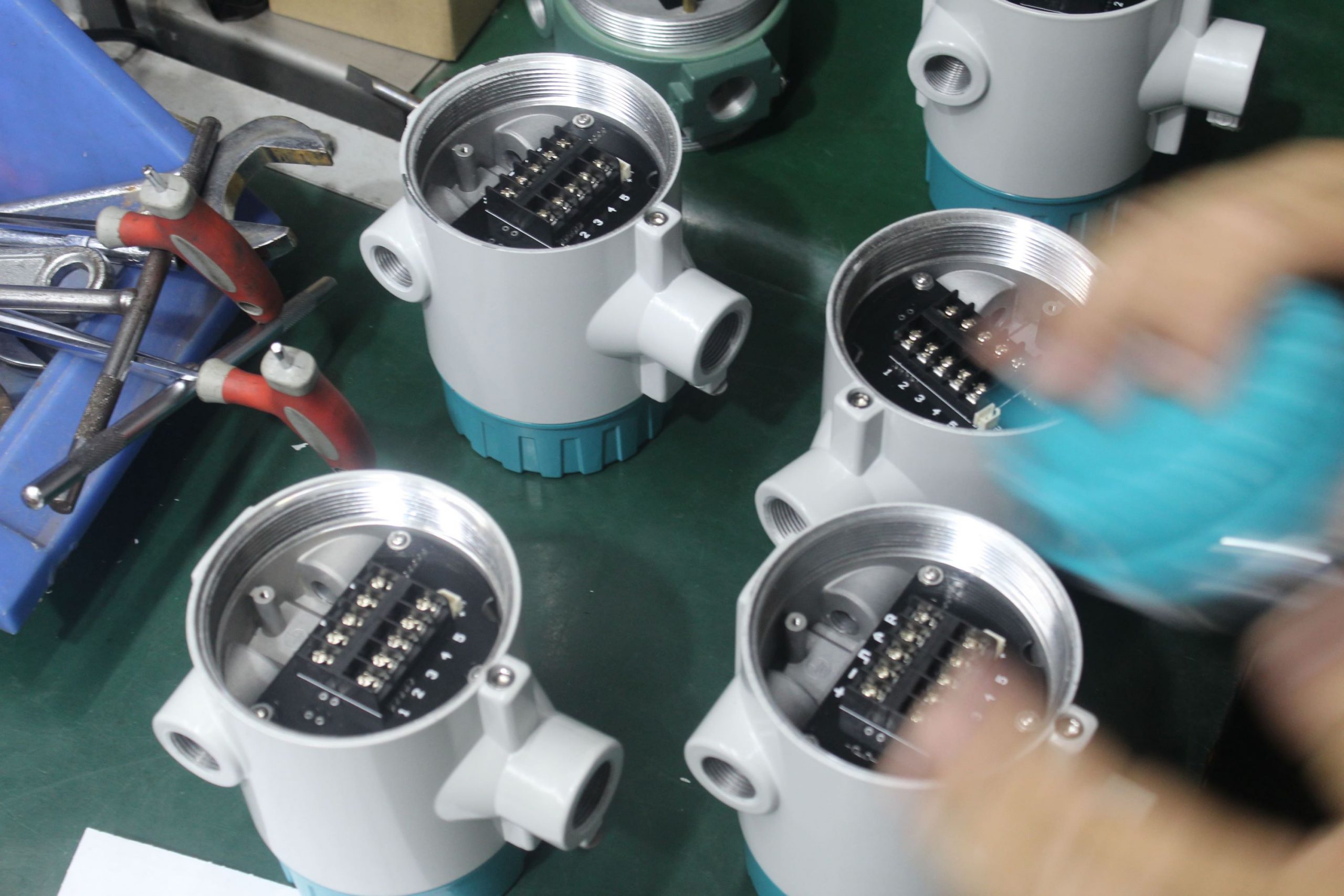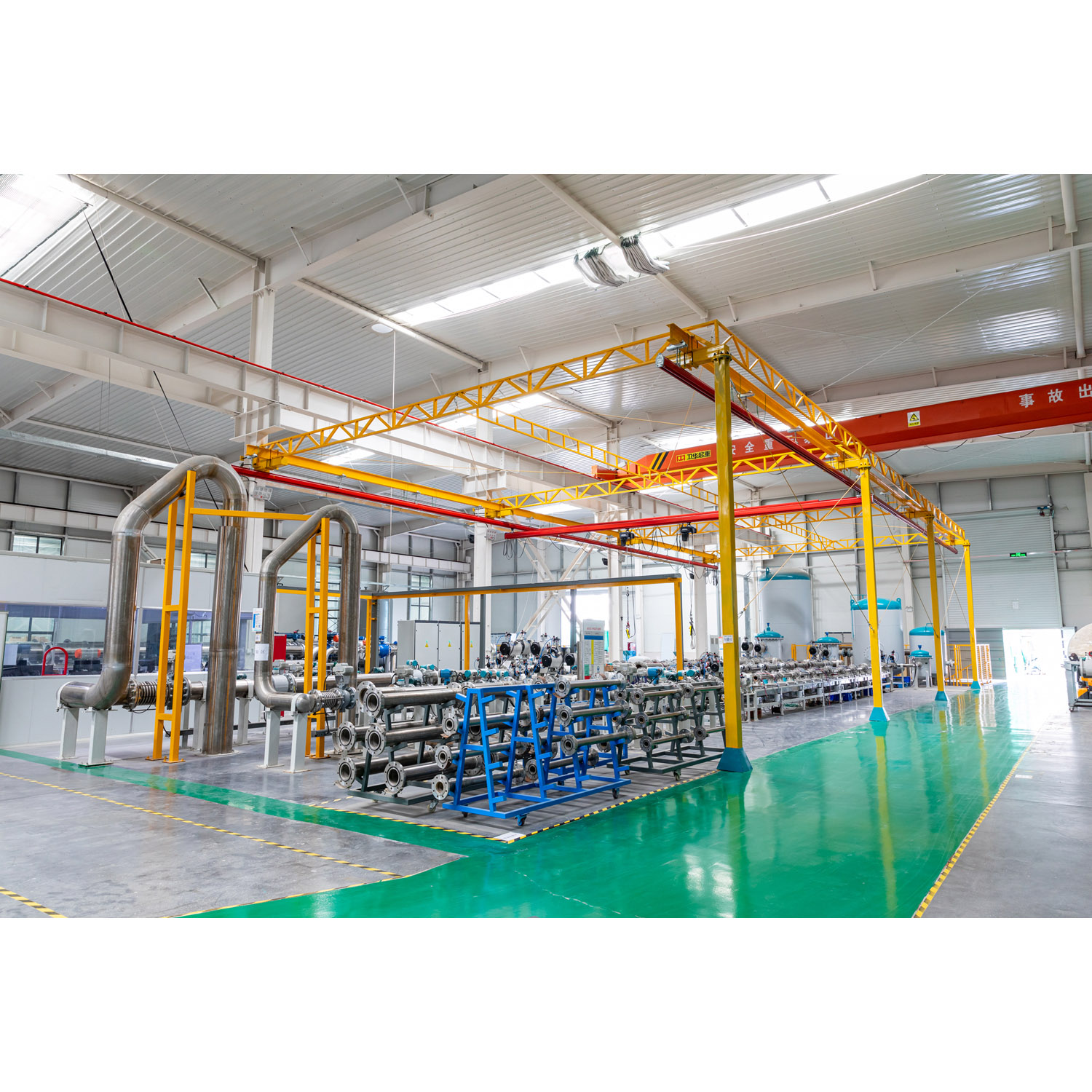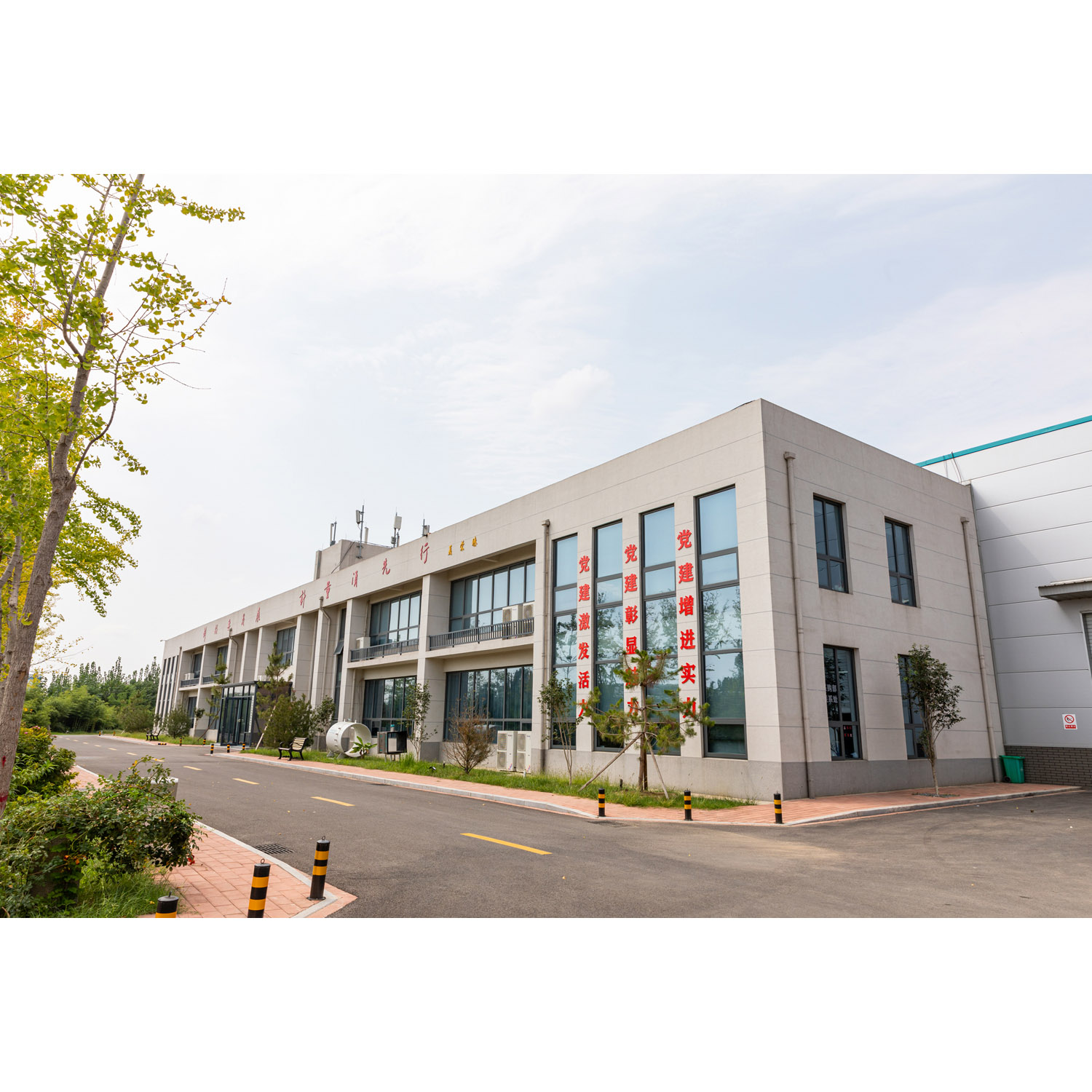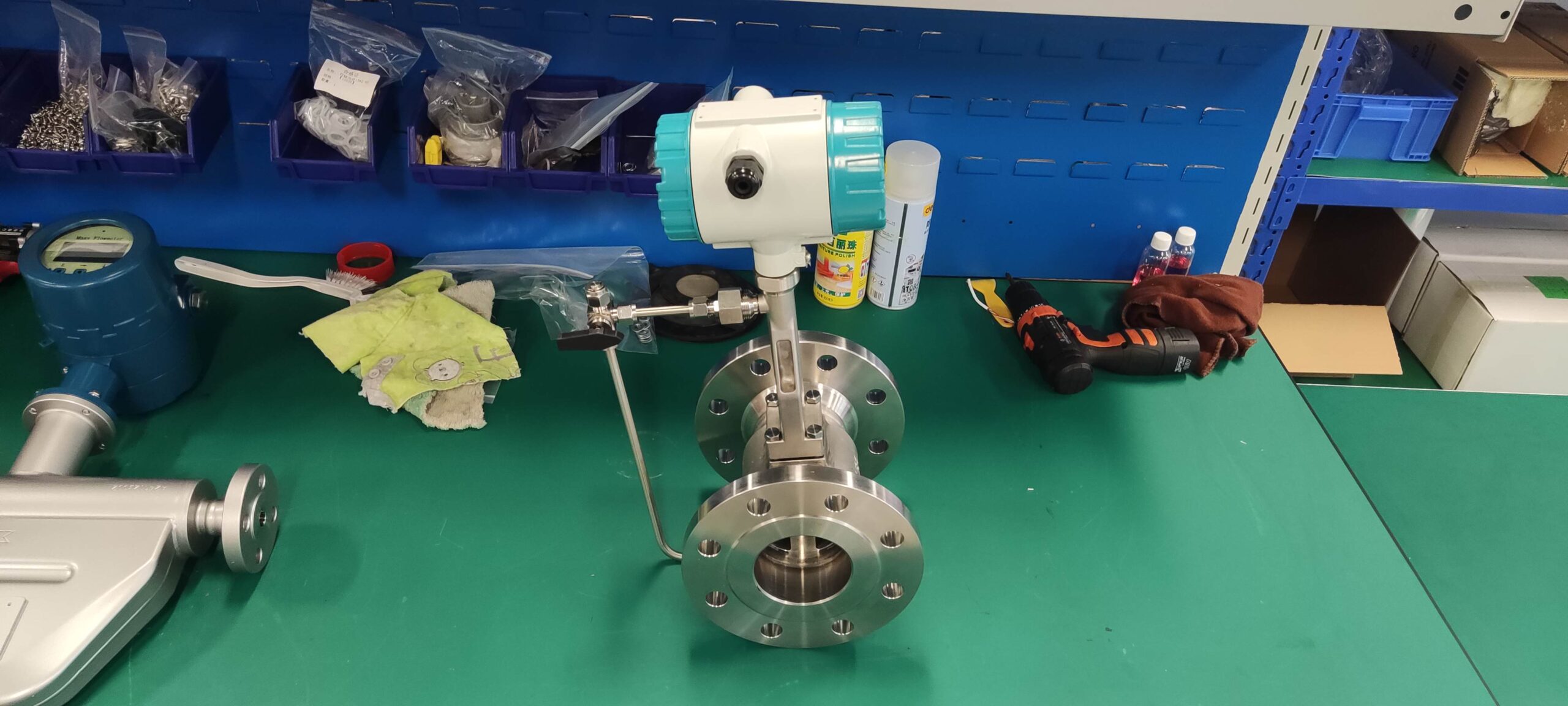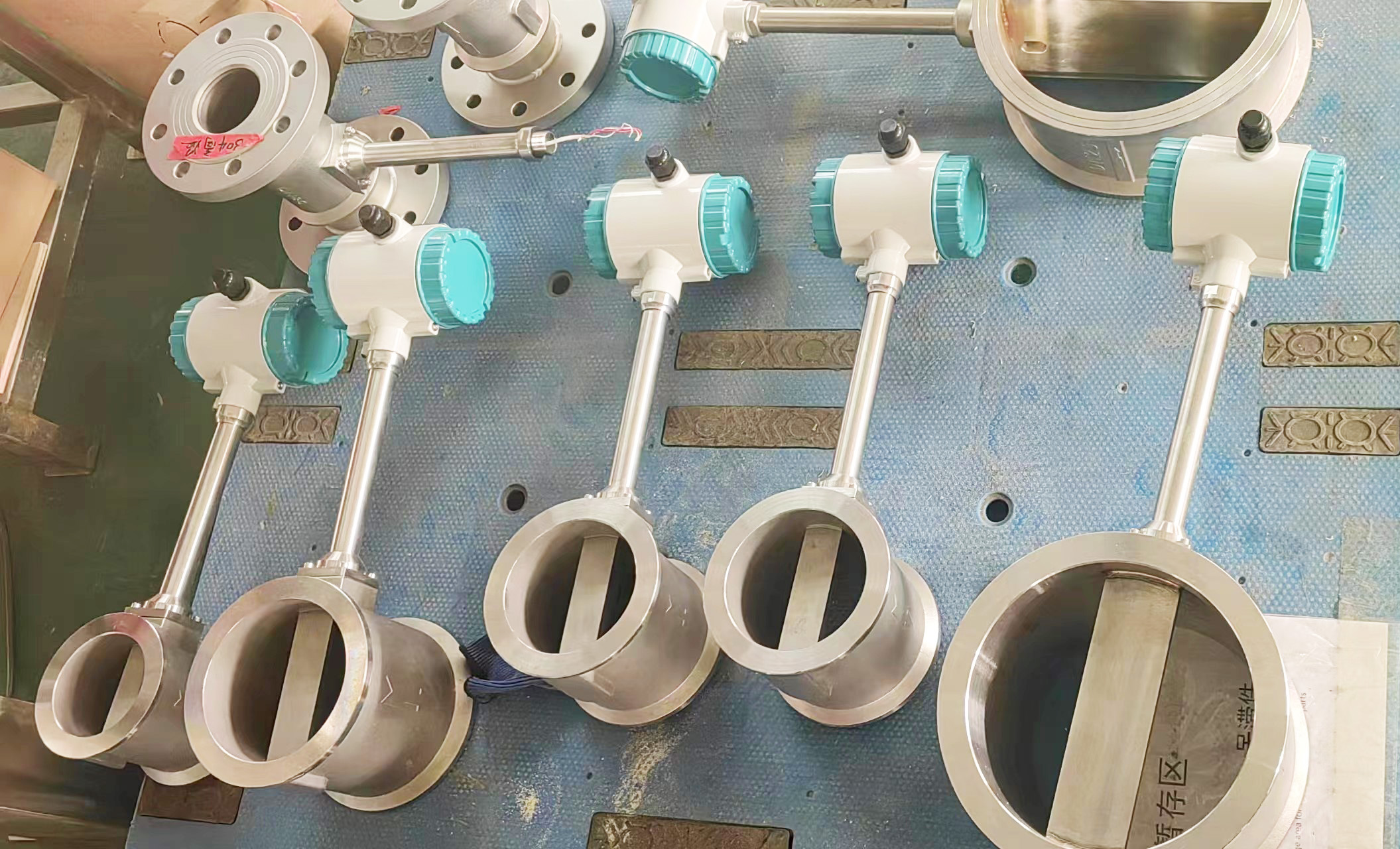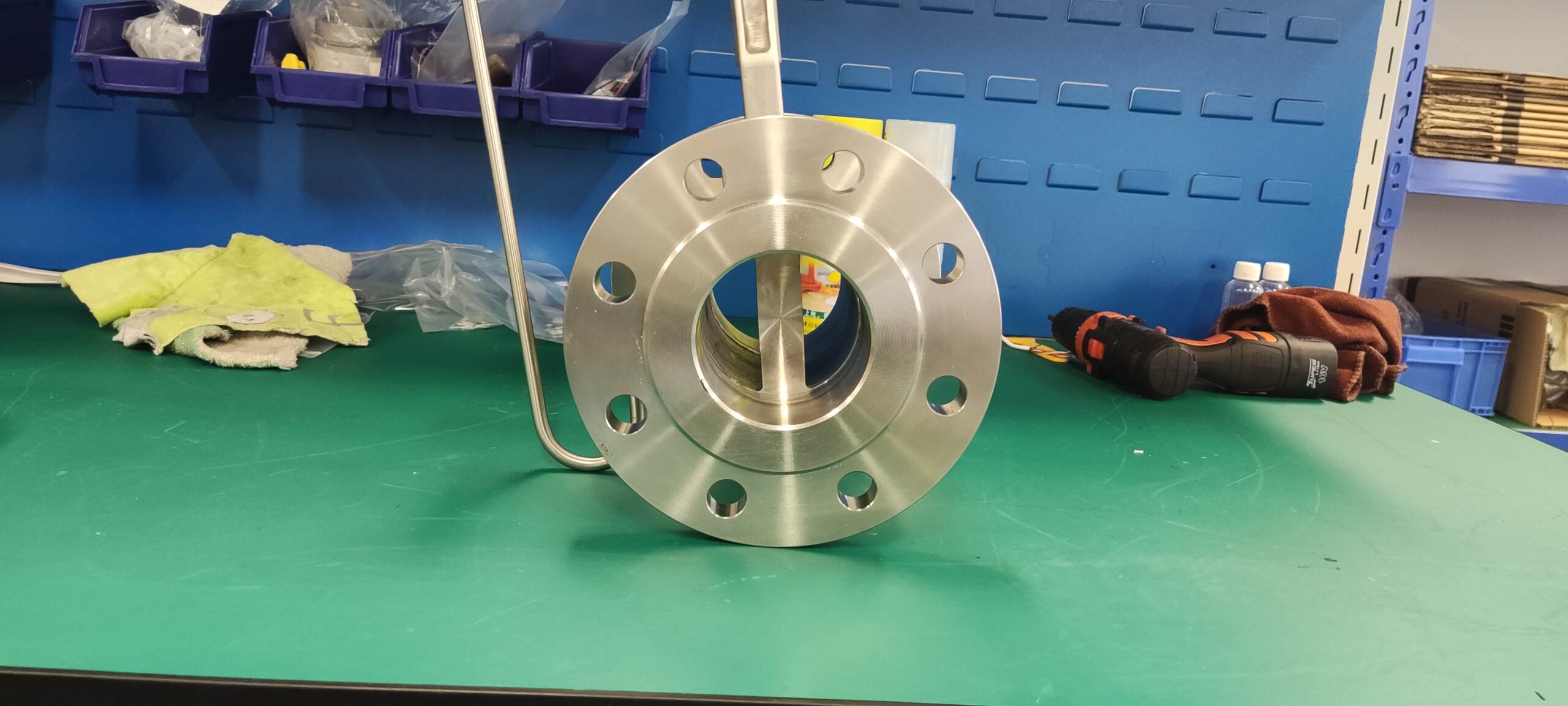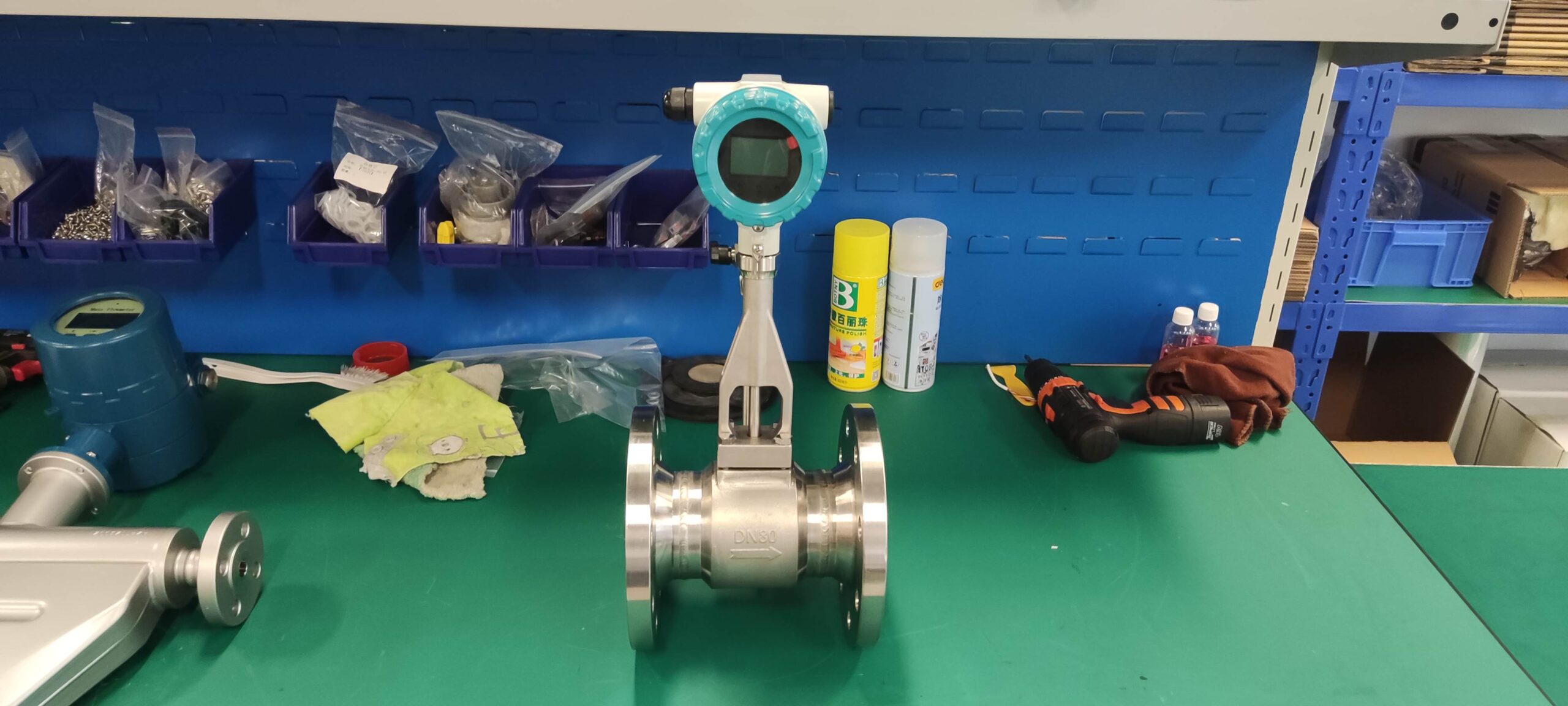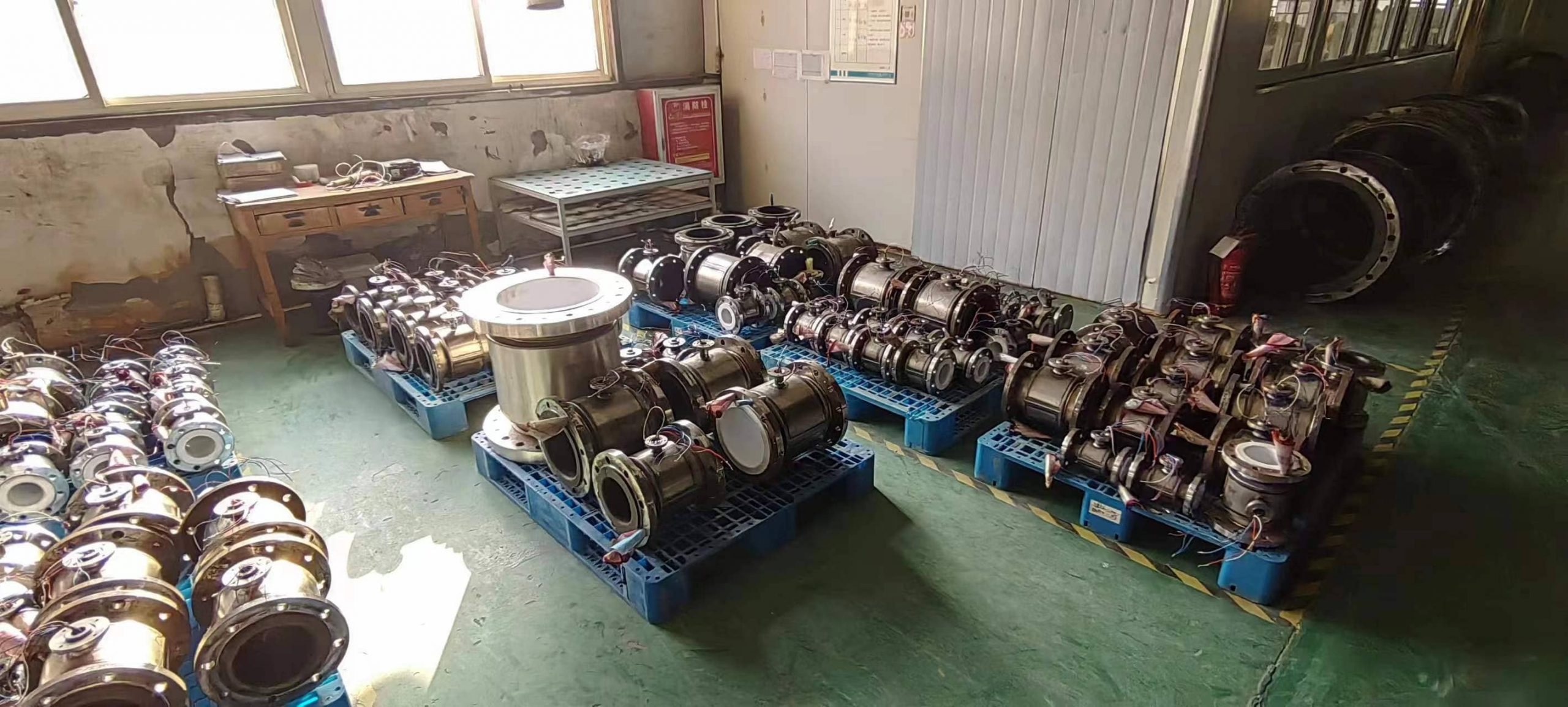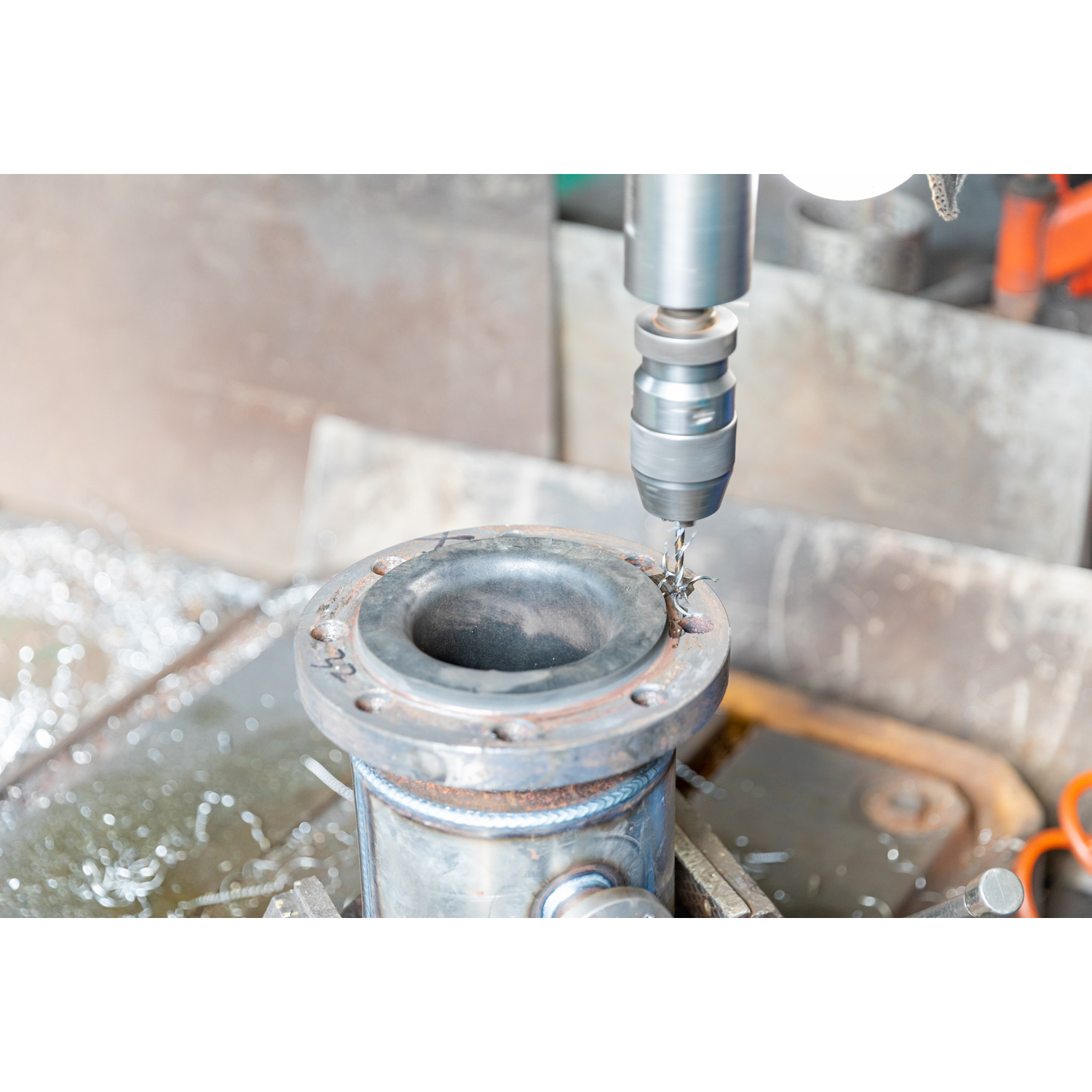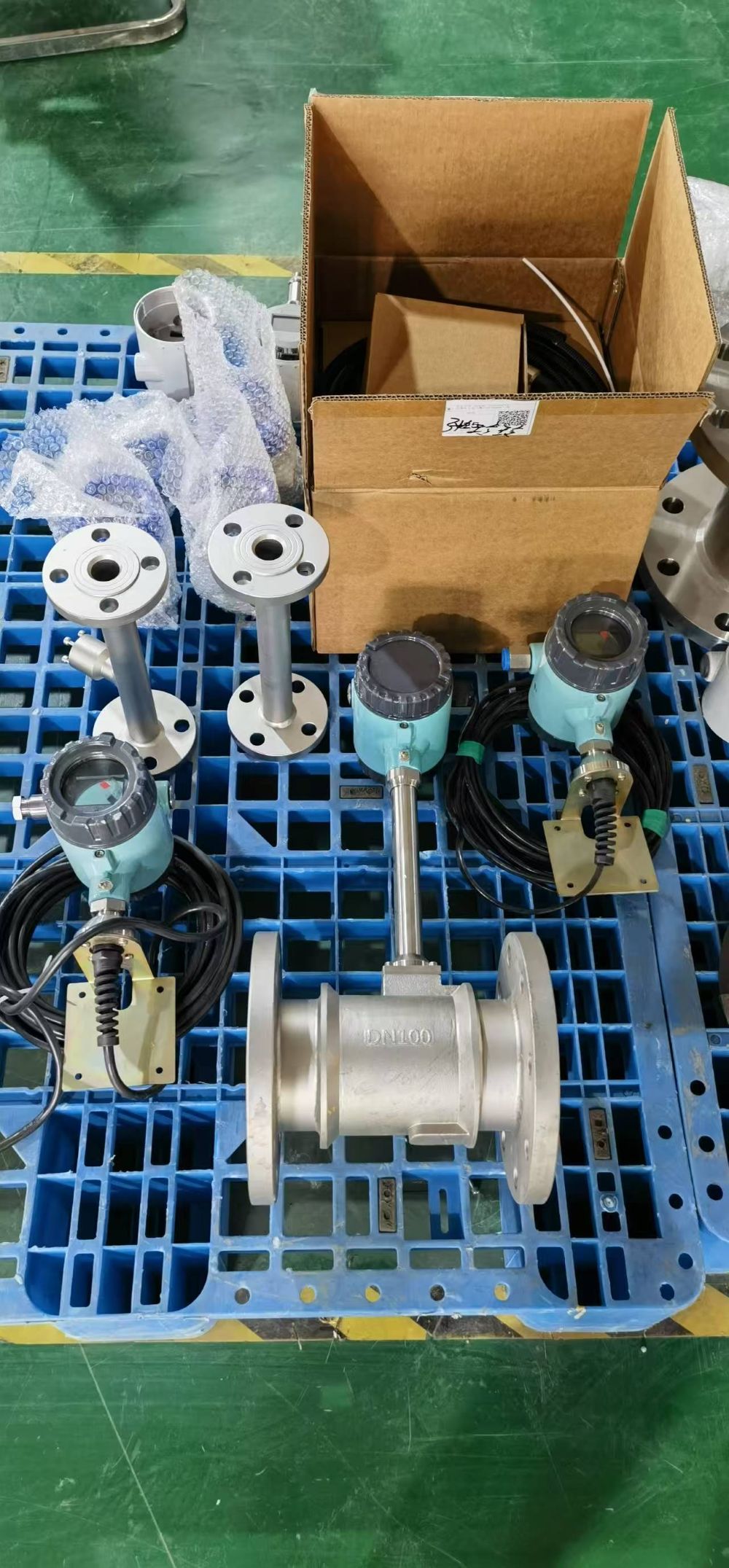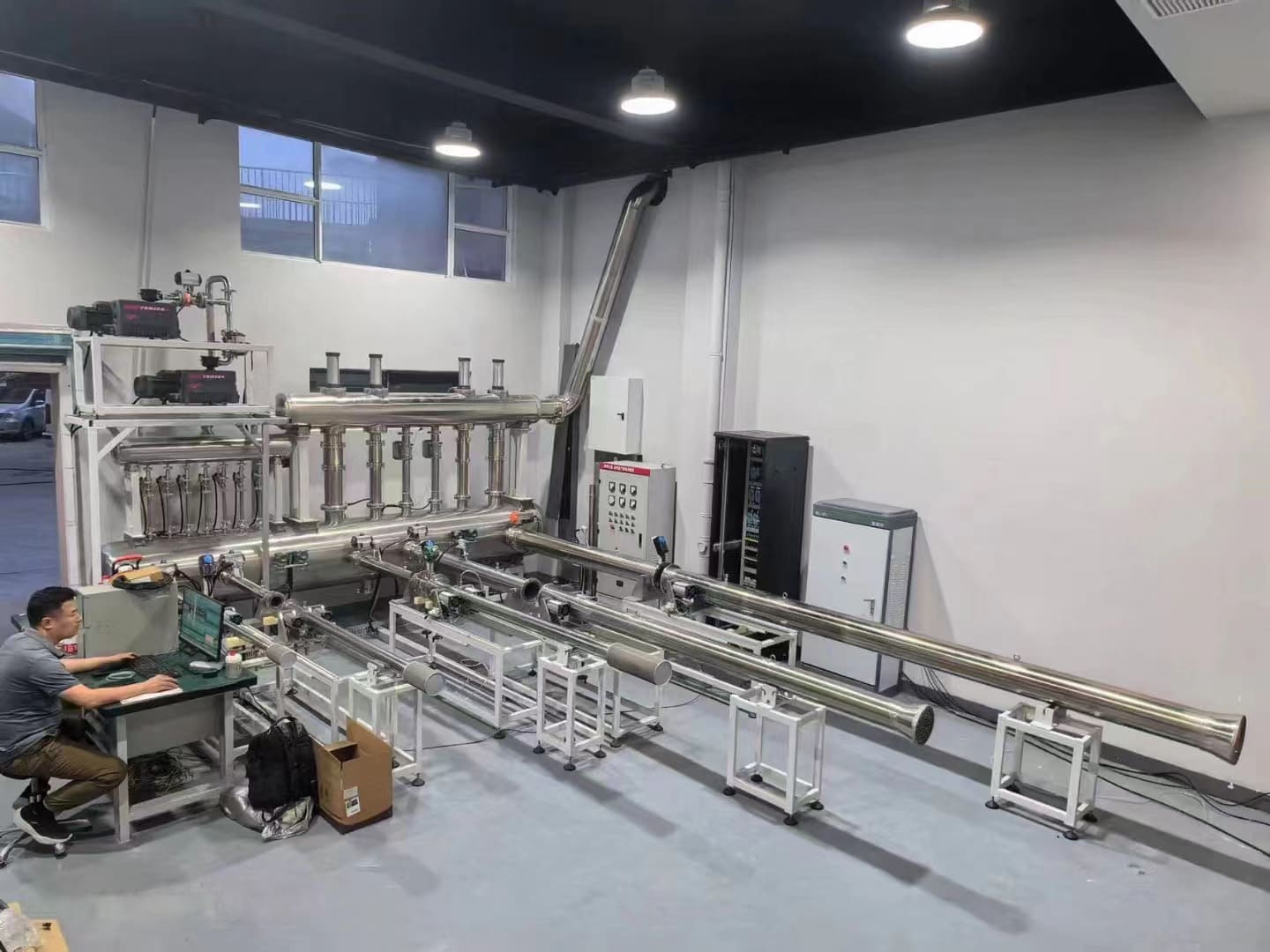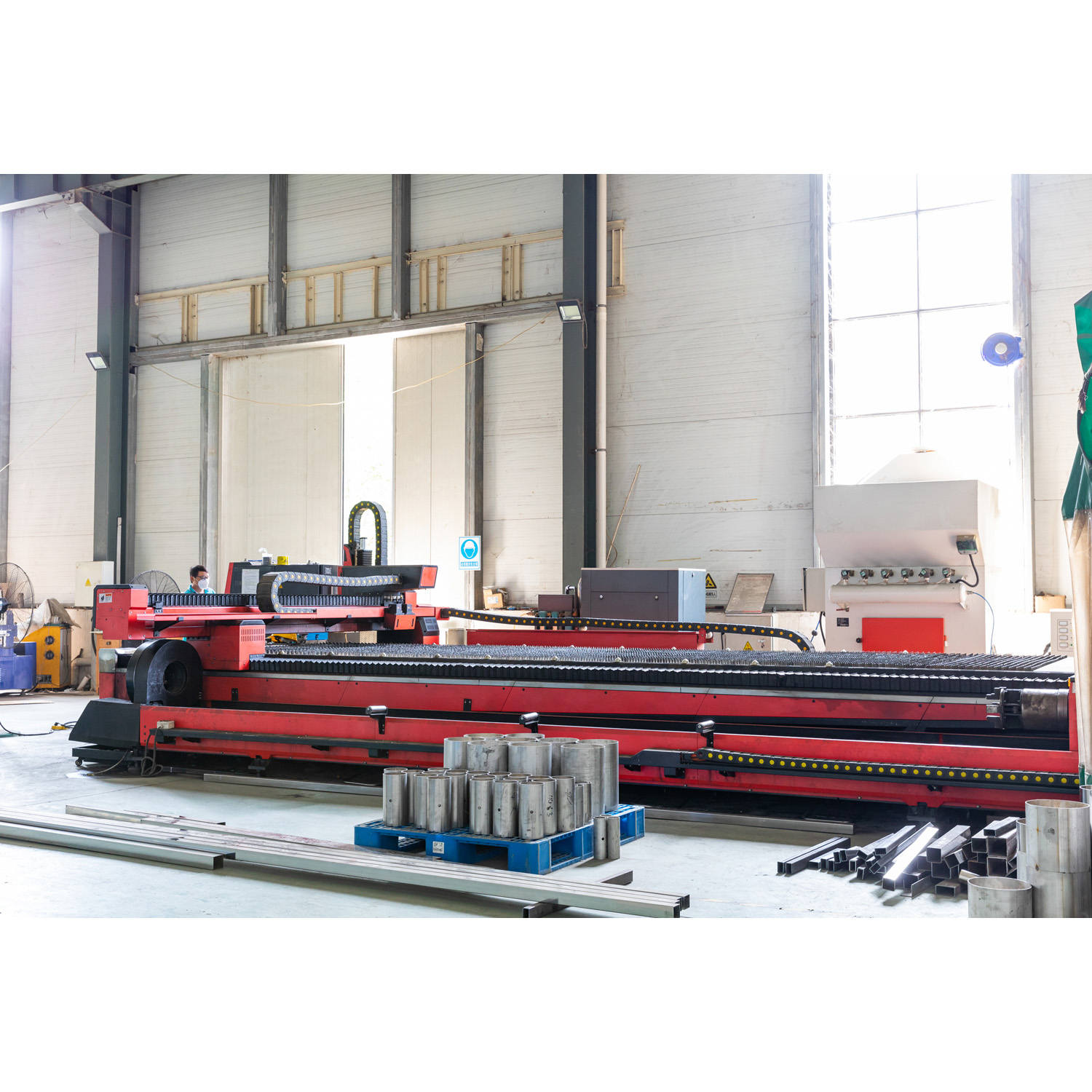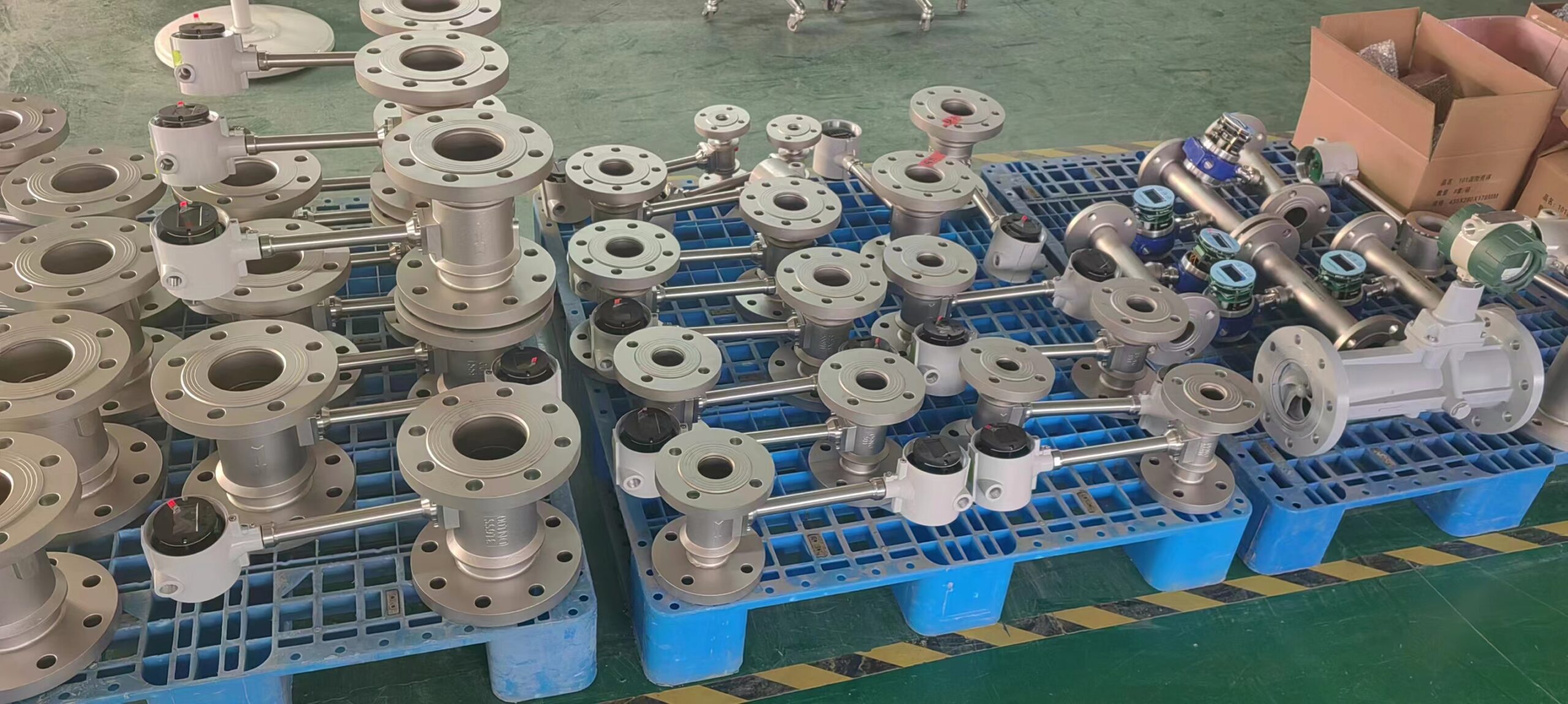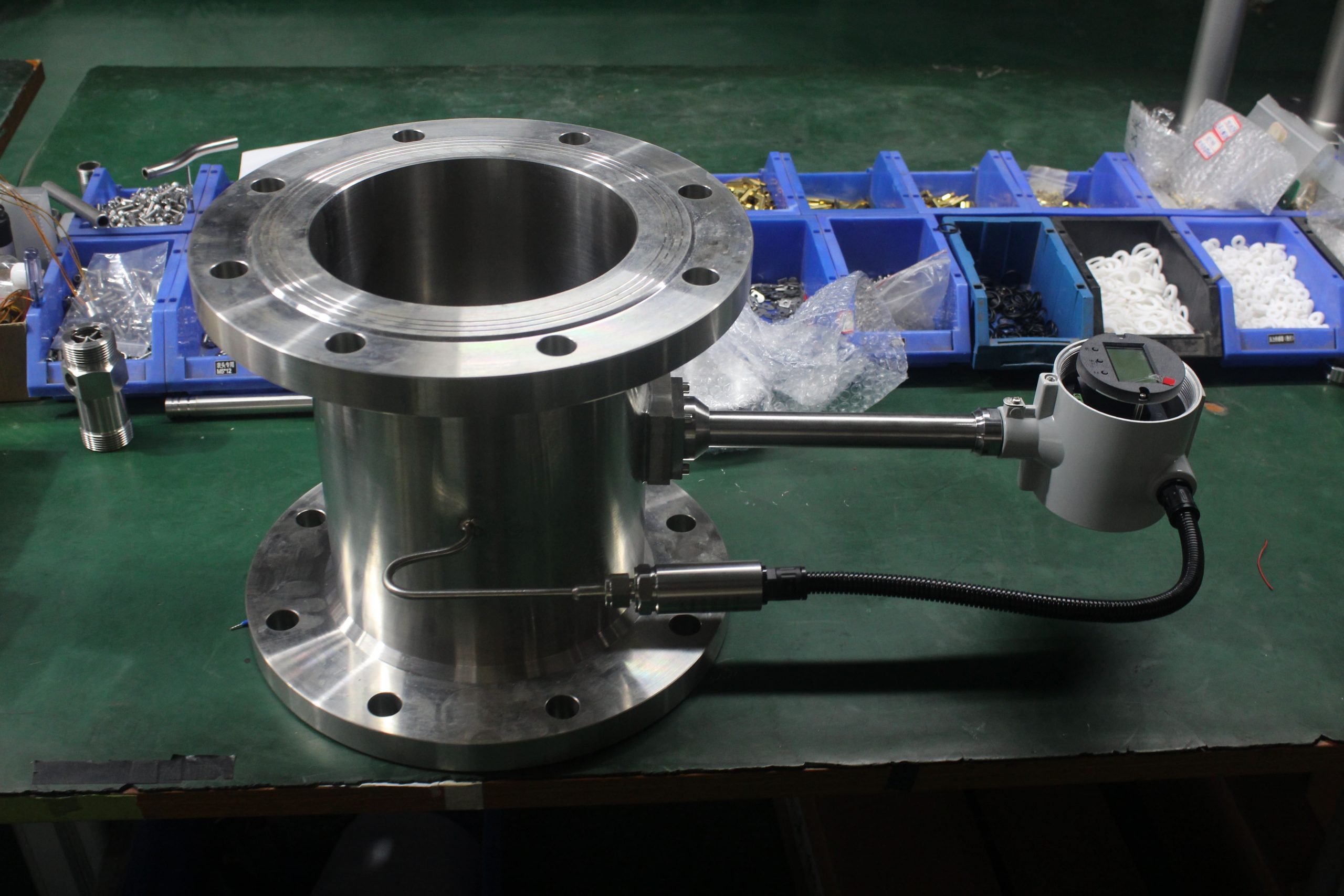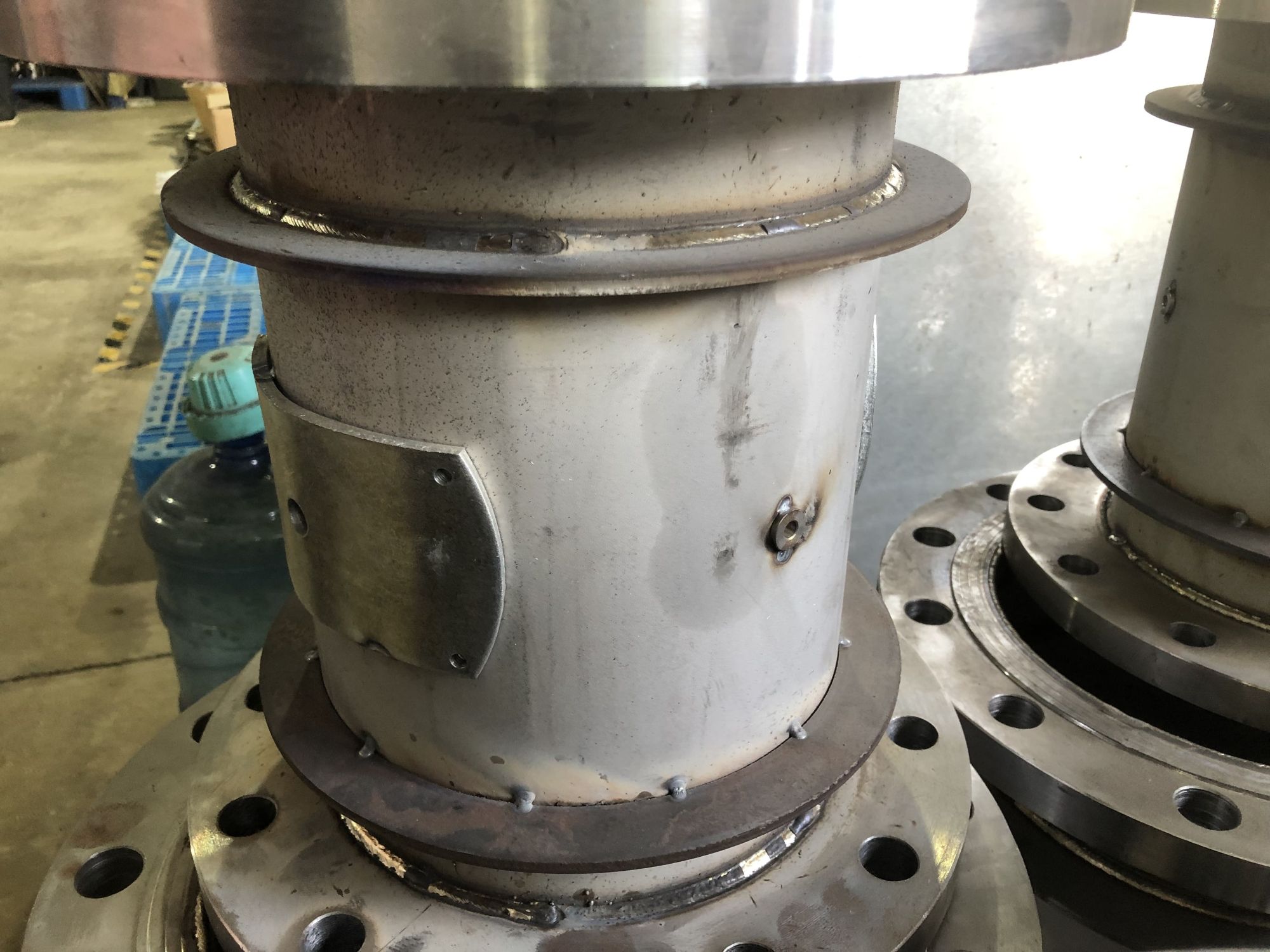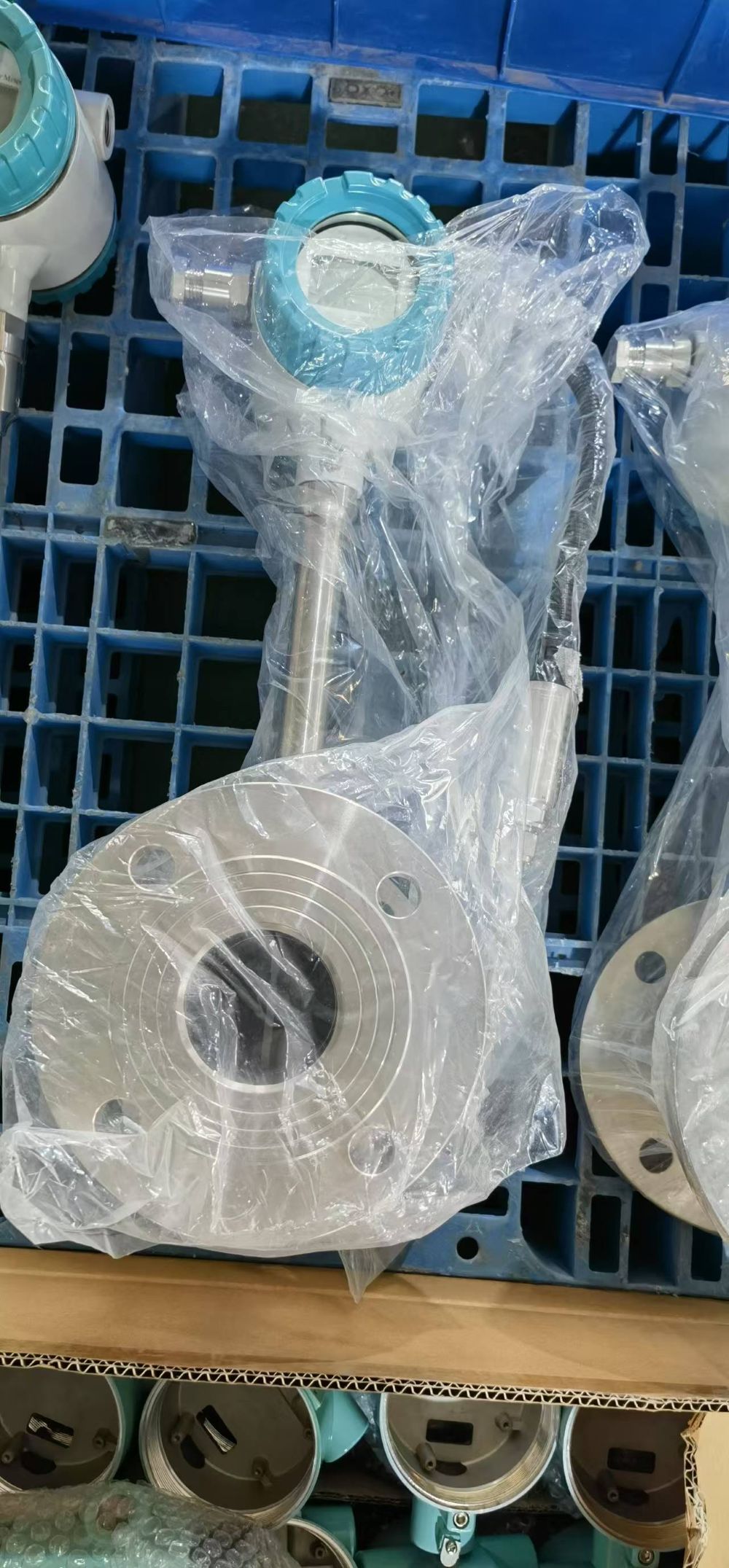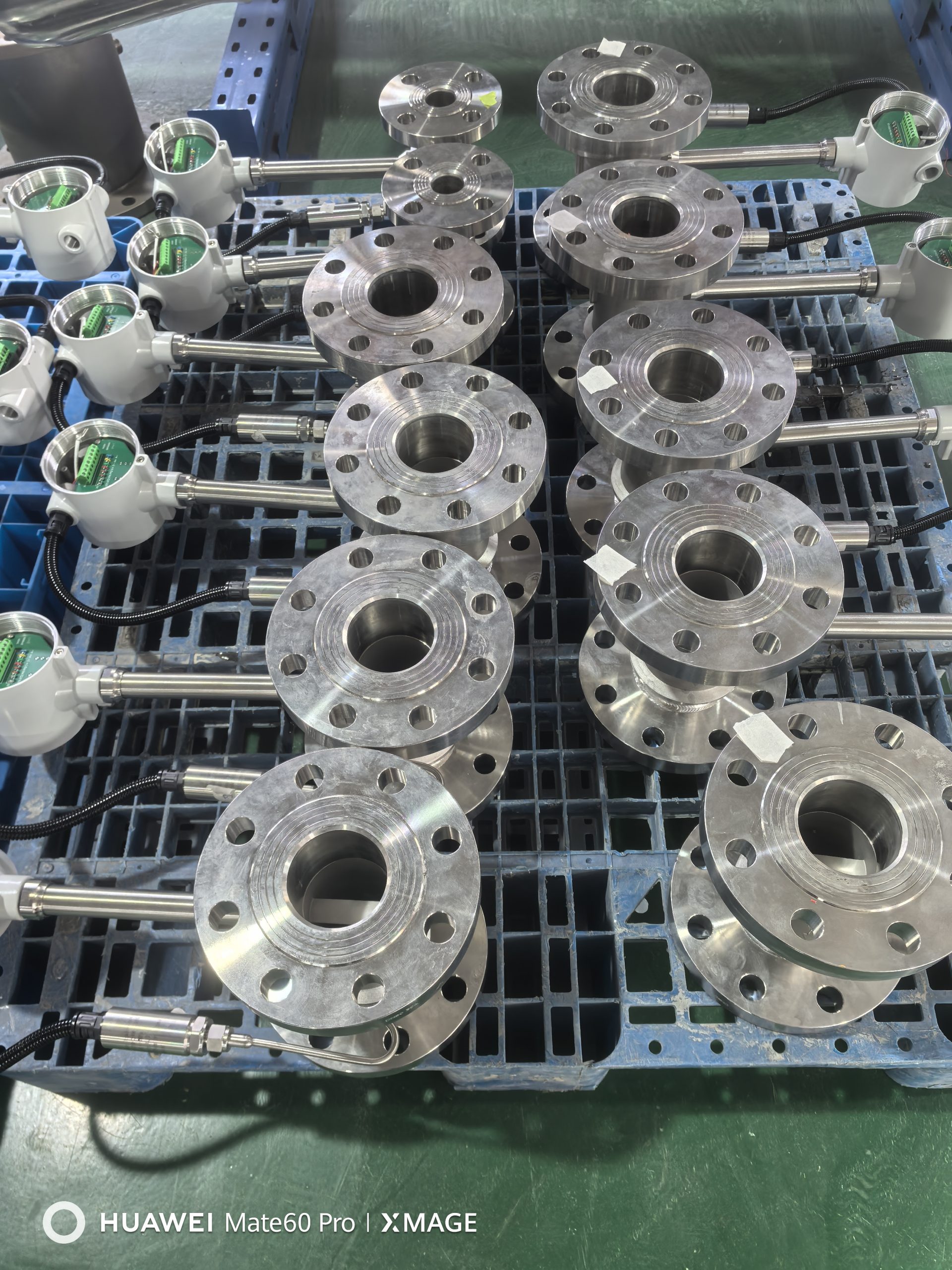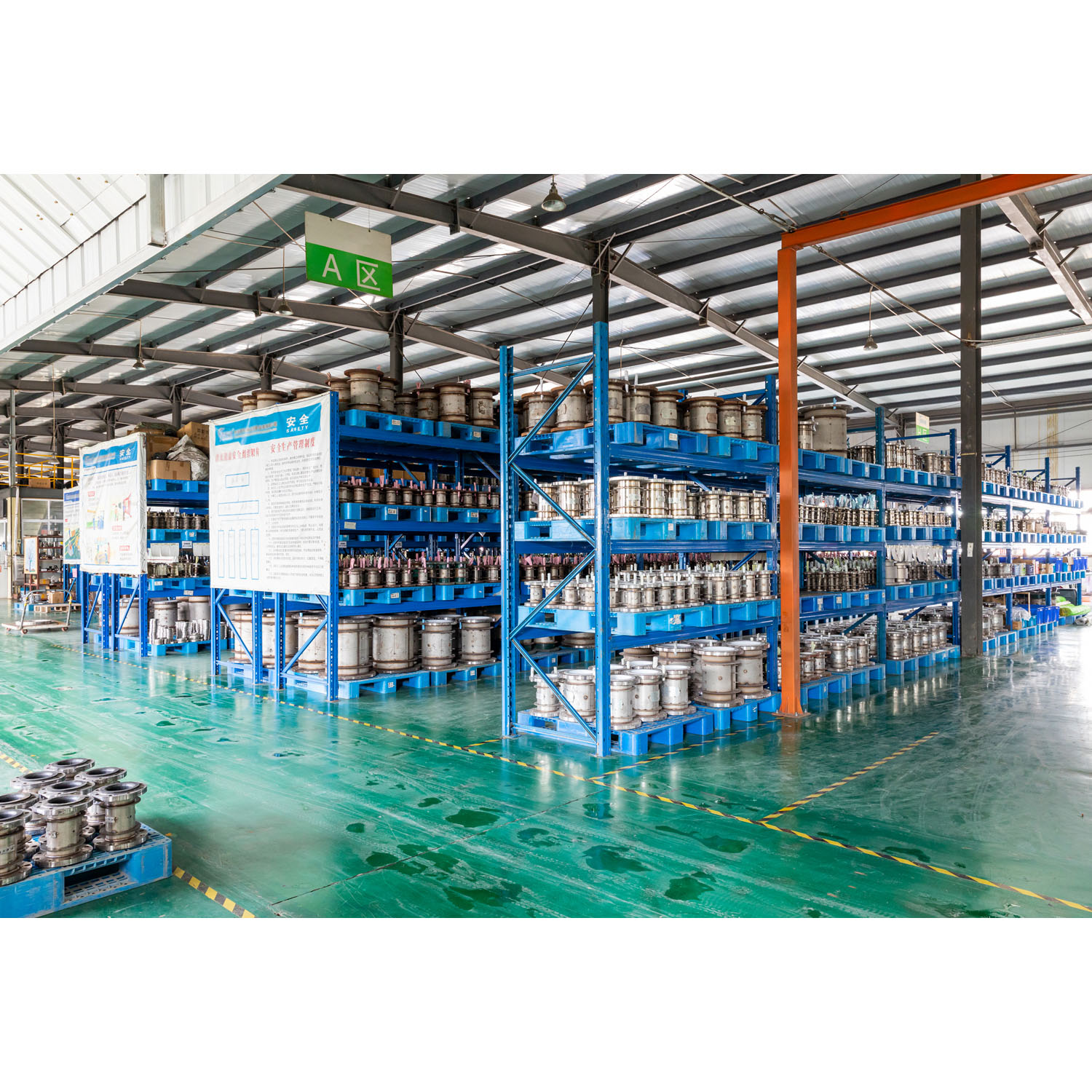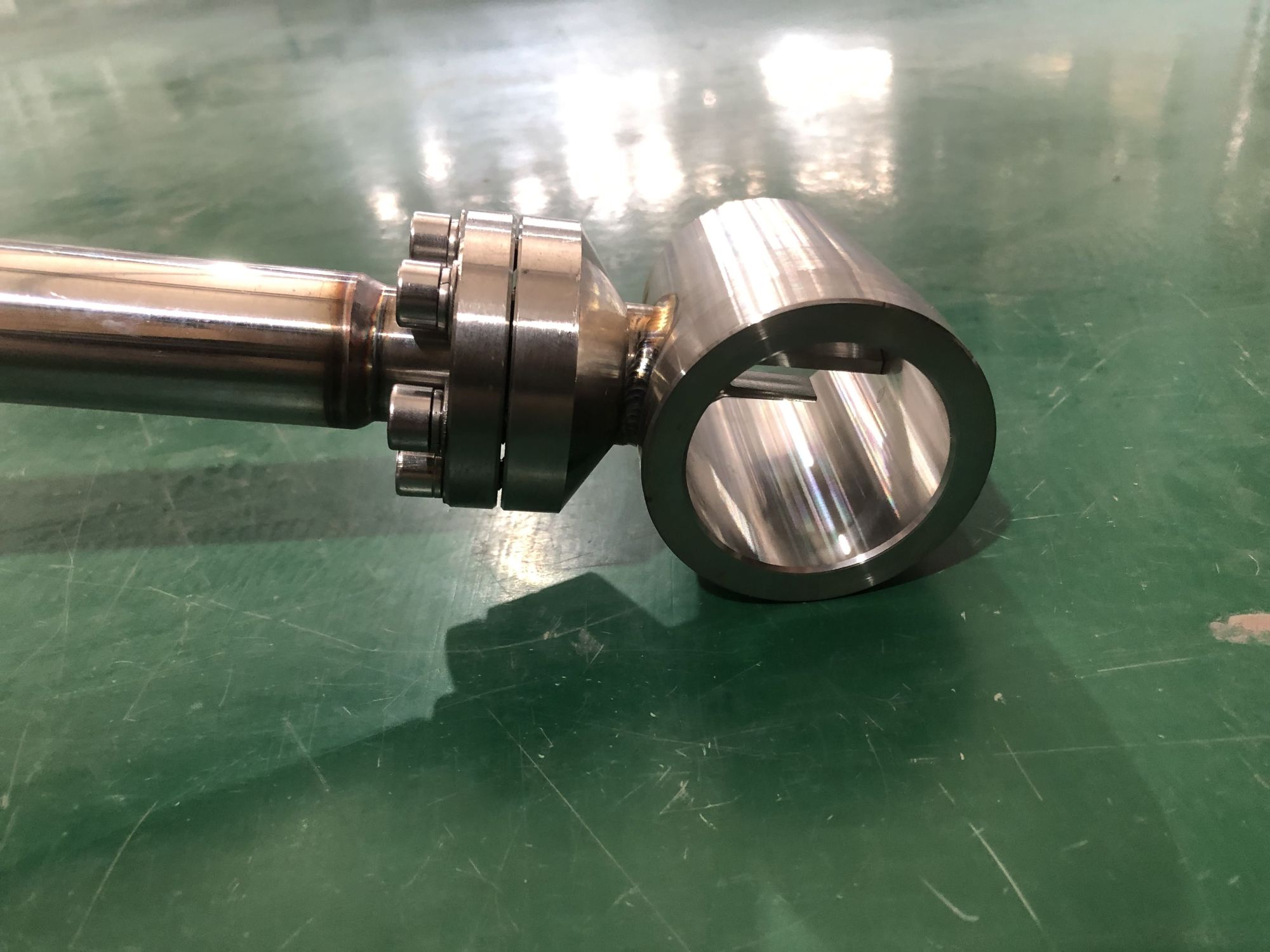How to adjust the sensitivity of a steam flowmeter?
Steam flowmeters are mainly used for flow measurement of industrial pipeline media fluids, such as gases, liquids, steam and various other media. Its characteristics are low pressure loss, wide measurement range, high accuracy, and it is almost unaffected by parameters such as fluid density, pressure, temperature, and viscosity when measuring the volumetric flow rate under working conditions.
Steam flowmeters are mainly used for flow measurement of industrial pipeline media fluids, such as gases, liquids, steam and various other media. Its characteristics are low pressure loss, wide measurement range, high accuracy, and it is almost unaffected by parameters such as fluid density, pressure, temperature, and viscosity when measuring the volumetric flow rate under working conditions. When there is no liquid flowing in the pipeline, the noise generated by the vibration of the pipeline causes the receiver to count abnormally. At this time, the sensitivity of the instrument should be adjusted.
Adjustment of amplifier gain
Under normal circumstances, there is no need to adjust the gain of the vortex flowmeter amplifier, except after the sensor has been replaced. The amplifier gain is adjusted through the AMP potentiometer on amplifier board A. The amplified eddy current waveform is monitored on the oscilloscope. At A smaller flow rate, the peak value of the eddy current waveform is approximately 100 MVP-p.
2. Adjustment of trigger level
An increase in the trigger level (the sensitivity of pulse occurrence) will reduce the sensitivity of the flow. When there is no liquid flowing in the pipeline, abnormal pulses caused by pipeline vibration and pulsating flow noise can be effectively dealt with by increasing the trigger level.
The trigger level can be adjusted through the TRG potentiometer on the steam flowmeter amplifier board. Whenever the peak value of the amplified vortex waveform exceeds the pre-determined trigger level, it can be converted into a pulse. Therefore, due to the increase in the trigger level, the flow sensitivity will decrease.
When the trigger level changes from 80mVP-P to 350mVP-P, the resulting sensitivity will be 80/350=1/4.4(sensitivity ratio) times.
When the sensitivity is changed, the smaller flow rate of the result (the measurable lower limit flow rate) is approximately 1/(the square root of the sensitivity multiplied by the standard smaller flow rate).
3. Zero point adjustment
The correct wiring of the vortex flowmeter: Input a zero-amplitude signal to the vortex flowmeter through a low-frequency signal generator, adjust the zero-point potentiometer, and the display value of the digital multimeter should be 4mA.
4. Adjustment of full scale
If the full-scale frequency of the instrument is unknown, a larger flow rate can be used to calculate the full-scale frequency B to calibrate the instrument. The relationship is: fmax=KQQmax
With correct wiring, the vortex flowmeter outputs a signal from the signal generator to the charge amplifier, increases the amplitude of the input signal, converts it into a square wave, and changes the output frequency of the signal generator until the value displayed on the frequency meter is the full-scale frequency calculated by the above formula. At this point, keep the fixed frequency unchanged and adjust the range potentiometer until the reading of the digital multimeter reaches 20mA.

